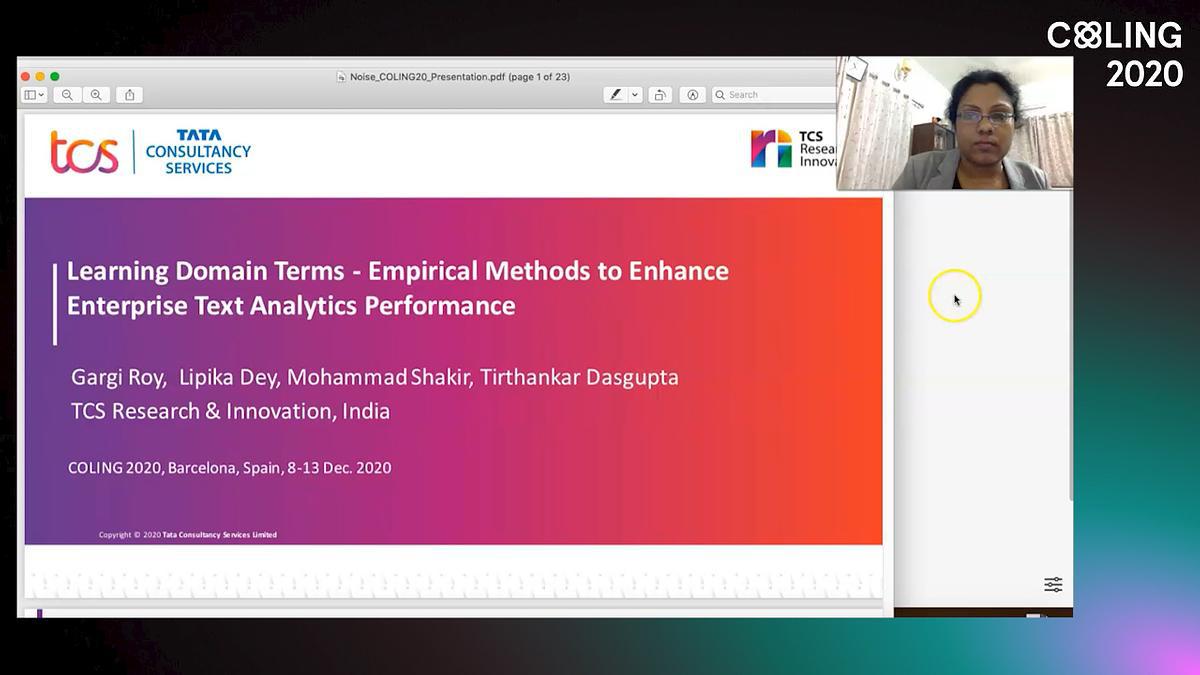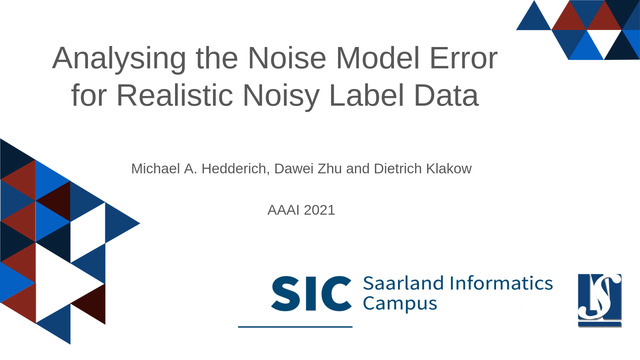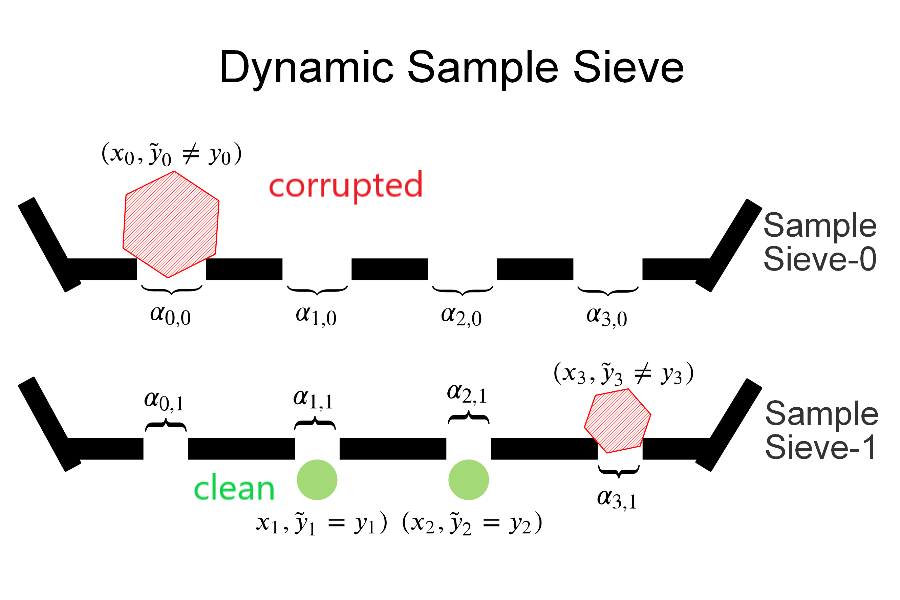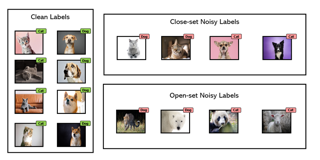Abstract:
Emotion recognition systems are widely used for many downstream applications such as mental health monitoring, educational problems diagnosis, hate speech classification and targeted advertising. Yet, these systems are generally trained on audio or multimodal datasets collected in a laboratory environment.While acoustically different, they are generally free of major environmental noises. The result is that systems trained on these datasets falter when presented with noisy data, even when that noise doesn’t affect the human perception of emotions. In this work, we use multiple categories of environmental and synthetic noises to generate black box adversarial examples and use these noises to modify the samples in the IEMOCAP dataset. We evaluate how both human and machine emotion perception changes when noise is introduced. We find that the trained state-of-the-art models fail to classify even moderately noisy samples that humans usually have no trouble comprehend-ing, demonstrating the brittleness of these systems in real world conditions.









































